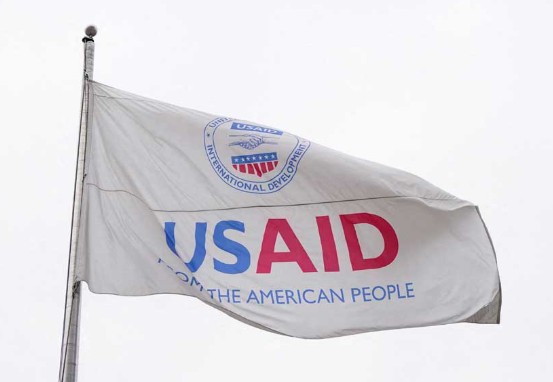Trump Administration Announces Dramatic Overhaul: USAID Staff to Be Put on Leave Globally

In a significant shift in U.S. foreign aid strategy, the Trump administration announced on Tuesday that all directly hired employees of the U.S. Agency for International Development (USAID) will be placed on administrative leave globally, effective at 11:59 pm EST on Friday, February 7, 2025. In addition to this, thousands of USAID personnel working overseas will be recalled as part of a sweeping overhaul of the agency’s operations.
The announcement was made through a brief update on the USAID website, which has been temporarily unavailable since the weekend. The move has sent shockwaves across the international aid community, with many speculating that it signals a major reorganization of how the U.S. approaches its foreign assistance programs.
While the decision has raised eyebrows, it could also present an opportunity for the Trump administration to streamline USAID operations, ensuring that the agency’s resources are being deployed as efficiently as possible. According to sources within the administration, this overhaul is aimed at improving accountability, effectiveness, and the overall impact of U.S. foreign aid.
A senior official noted, “The move will help us reallocate resources more strategically, ensuring that U.S. aid goes directly to the people who need it most and that our foreign assistance programs align with current priorities.”
The Trump administration has long been focused on ensuring that foreign aid promotes self-sufficiency and sustainable development. This dramatic action could be part of a broader strategy to reimagine U.S. assistance programs, emphasizing outcomes that lead to long-term positive changes in the countries receiving aid.
While the move has been met with mixed reactions, proponents argue that such a restructuring may allow for better coordination with international partners, reducing inefficiencies and increasing the reach and impact of aid efforts. This could lead to more targeted interventions and a stronger global presence for U.S. humanitarian efforts.
As USAID staff around the world prepare for the transition, the full impact of this decision remains to be seen. The administration’s next steps will be closely watched, with many eager to see how these changes will shape the future of U.S. foreign assistance and international development.
